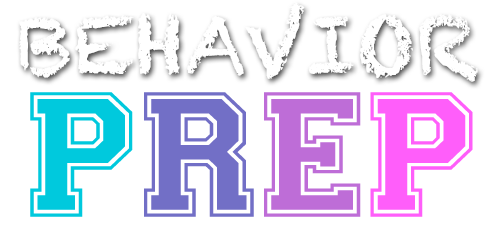B.7 Identify and distinguish among unconditioned, conditioned, and generalized reinforcers
Unconditioned Reinforcer
An unconditioned reinforcer is a stimulus or event that naturally and inherently reinforces behavior without any prior learning or conditioning. These reinforcers are typically biologically significant and have innate reinforcing properties.
Example: Food, water, warmth, and relief from pain are examples of unconditioned reinforcers. These stimuli naturally elicit positive responses and reinforce behavior without the need for prior learning.
Conditioned Reinforcer
A conditioned reinforcer, also known as a secondary or learned reinforcer, is a stimulus or event that has acquired its reinforcing properties through association with unconditioned reinforcers or other conditioned reinforcers. These reinforcers gain their effectiveness through conditioning processes.
Example: Money, praise, tokens, and social approval are examples of conditioned reinforcers. They acquire their reinforcing properties through their association with primary reinforcers (e.g., money can be exchanged for food or other basic needs) or through their pairing with other conditioned reinforcers..
Generalized Reinforcer
A generalized reinforcer is a stimulus or event that has been paired with a variety of different reinforcers over time and has acquired the ability to reinforce a wide range of behaviors. It is not tied to a specific behavior but can maintain and strengthen various behaviors.
Example: Money is a common example of a generalized reinforcer. It can be exchanged for different types of goods, services, or experiences, making it a versatile reinforcer that can maintain a variety of behaviors.
These examples illustrate the different types of reinforcers in behavior analysis. Unconditioned reinforcers are naturally occurring, while conditioned reinforcers acquire their properties through conditioning processes. Generalized reinforcers have broad reinforcing effects across different behaviors.
